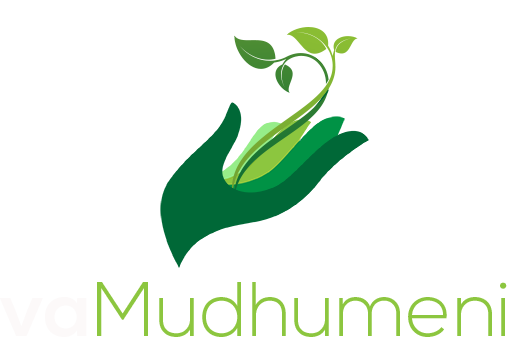By Albert Makendenge
Farming can be classified or grouped according to what is grown and how it is grown in relation to the types of crops and animals grown and kept as well as the amount of inputs used. These groups are listed and explained below.
- Arable farming which only focuses on the growing of crops.
- Pastoral farming which only involves the keeping and rearing of animals
- Mixed farming which combines both arable and pastoral farming and does both crops and animals.
- Subsistence farming in which the farmer is only into farming mostly for family consumption and can only sell surplus.
- Commercial farming which is usually done on large pieces of land and the aim is to sell.
- Intensive farming which requires high inputs of labor and capital on a small piece of land.
- Extensive farming which makes use of low inputs of labor and capital on a large piece of land.
- Sedentary farming in which farmers get settled and permanently live in one place making use of the same piece of land.
- Nomadic farming in which farmers are constantly moving from one place to the other in search of new areas to farm.
Farms are systems with inputs, processes and outputs. Inputs include money, labor, soil, climate, drainage, fertilizer, fuel and many others. Farming processes include planting, ploughing, spraying, harvesting, shearing and milking whilst the outputs are various agricultural commodities that include cereals, legumes, meat, milk or eggs depending on what venture it is. Whether or not to practice these different farming systems will always be down to a variety of factors such as preference, availability of resources as well as experience and expertise.

